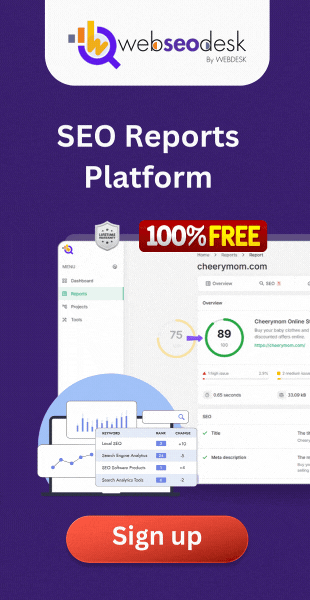Although starting from nothing and building an efficient SEO strategy seems daunting, with the correct approach you can design a plan that propels long-term success for your website. Improving the visibility of your website on search engines, drawing natural traffic, and so expanding your company depend on SEO—search engine optimization. This is a detailed guide to enable you create an SEO plan starting from the ground up.
- Clearly Specify SEO Objectives
Clearly defined, quantifiable objectives are crucial before delving into any technical SEO component. These objectives should complement your general corporate aims. Would you like to raise conversion rates, improve search results for particular keywords, or boost website traffic? Establishing certain objectives will enable you to concentrate your activities and monitor development over time. - Perform Keyword Research
Any SEO plan is built around keyword research. You can provide material that answers questions and meets demands for your target audience by knowing the terms and phrases they search for. To start looking for pertinent keywords for your sector using keyword research tools as Google Keyword Planner, Ahrefs, or SEMrush.
Emphasize long-tail and short-tail keywords. While long-tail keywords are more precise and usually less competitive, making them easier to rank for, short-tail keywords are wide and somewhat competitive. Naturally include these keywords into your titles, meta descriptions, and content.
- Refine Your Website’s Organization.
SEO as well as user experience (UX) depend on a properly-structured website. Make sure your website’s internal links lead users to pertinent material and that it is straightforward to use with well defined categories. Additionally allowing search engines to more effectively crawl and index your content is a clear structure.
Here are several important components to give particular attention:
URLs should be brief, clear, and keyword-rich.
Use internal links to link relevant sites and share link equity all over your website.
Send an XML sitemap to search engines so they may find and index your materials.
- Emphasize on on-page optimization.
On-page SEO is the process of individual page optimization to raise their search engine relevance and ranking. Some key on-page SEO factors to consider include:
Title Tags: Ensure each page has a unique, keyword-rich title that accurately reflects the content.
Meta Descriptions: Write compelling meta descriptions that include your target keywords and encourage clicks.
Header Tags (H1, H2, H3): Use header tags to structure your content and make it easier for both users and search engines to understand.
Image Optimization: Compress images to improve load speed, and use descriptive alt text that includes keywords.
- Create High-Quality Content
Content is one of the most important factors for SEO. To rank well in search results, your content needs to be relevant, informative, and valuable to your audience. Focus on creating long-form content, blog posts, articles, videos, or infographics that address the needs and questions of your target audience.
Incorporate your keywords naturally throughout the content, but avoid keyword stuffing. Aim for a balance of keyword use and user-focused writing. The more useful your content is, the higher the chances of users sharing it, linking to it, or engaging with it.
- Build Backlinks
Backlinks (links from other websites to your site) are one of the most powerful ranking factors in SEO. Google views backlinks as votes of confidence, signaling that your content is valuable and trustworthy. However, not all backlinks are created equal.
Focus on acquiring high-quality backlinks from authoritative websites in your industry. You can achieve this by:
Guest Blogging: Write guest posts for reputable blogs and include a link back to your site.
Content Marketing: Create content that naturally attracts backlinks, such as in-depth guides, research, or case studies.
Broken Link Building: Find broken links on other websites and suggest your content as a replacement.
- Track Performance and Adjust Your Strategy
Once your SEO strategy is in motion, it’s important to track its performance and make adjustments as needed. Use tools like Google Analytics, Google Search Console, and third-party SEO tools to monitor key metrics such as:
Organic Traffic: Track the amount of traffic coming from search engines.
Keyword Rankings: Monitor how your targeted keywords are ranking in search results.
Bounce Rate and User Engagement: Measure how users are interacting with your content.
If certain pages are not performing well, consider revising your content, optimizing your keywords, or improving your backlinks to enhance their rankings.
Conclusion
Building an SEO strategy from scratch may take time and effort, but the rewards are well worth it. By setting clear goals, conducting thorough keyword research, optimizing your website, creating high-quality content, building backlinks, and continuously tracking performance, you can improve your website’s visibility on search engines and drive organic traffic. Remember, SEO is a long-term game, and consistent effort will lead to sustainable results.












0 Comments